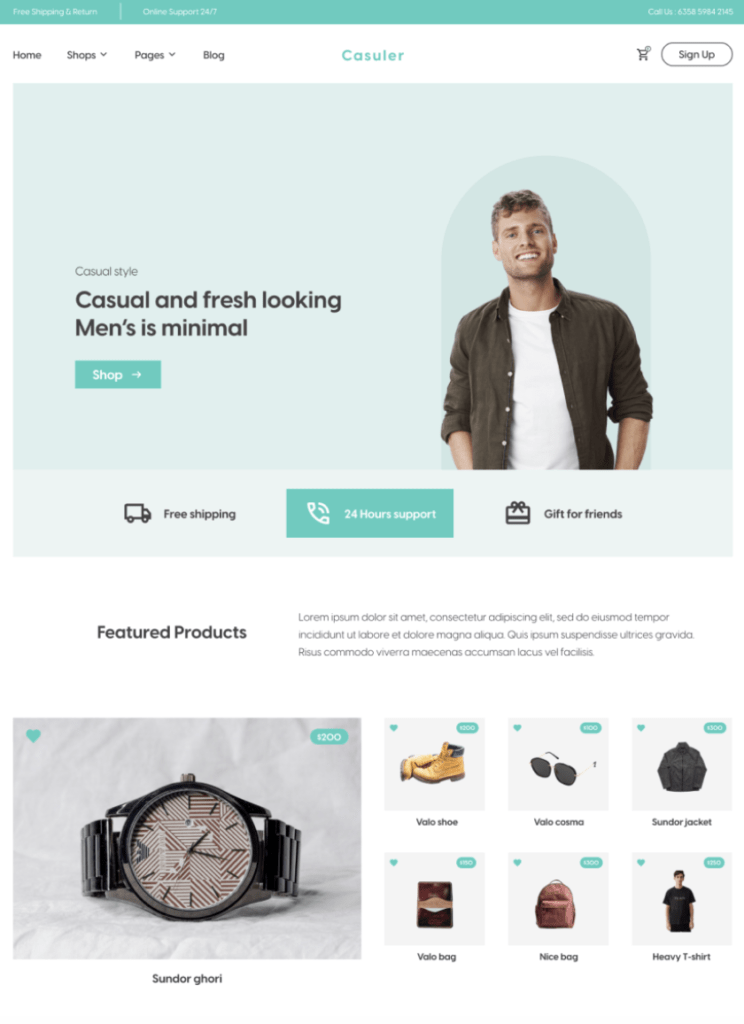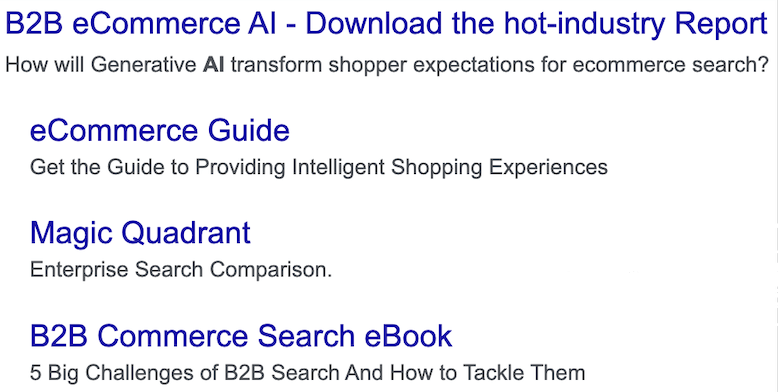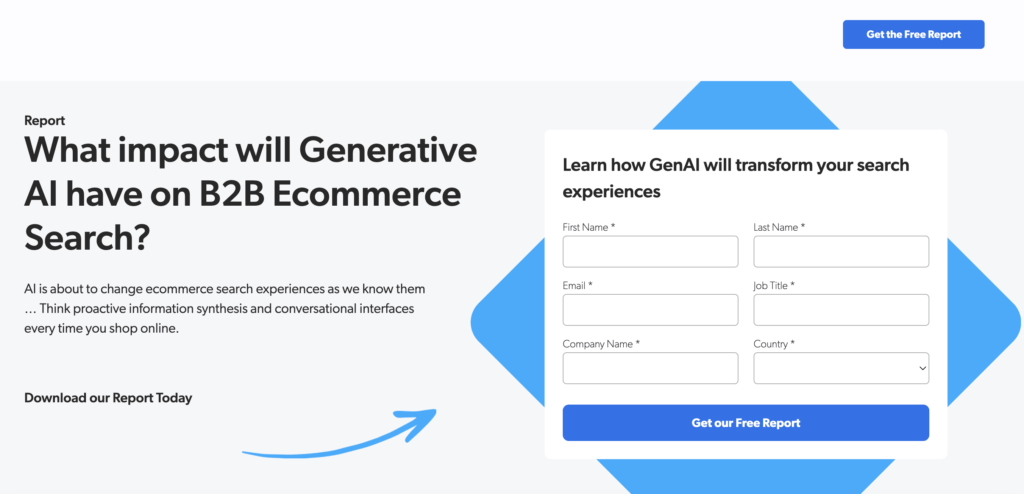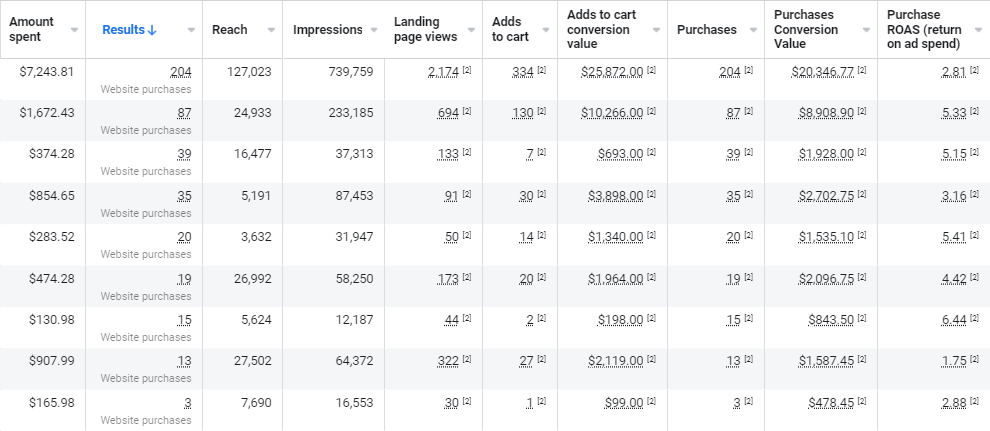Websites Development 🖥️






Google Ads and Google Tag Manager 🏆
Introduction
In my freelancing career as a digital marketer, I embarked on an ambitious project with a German tech startup in the B2B AI sector. Our goal was not just lofty but quantifiably precise: to boost their qualified leads by a staggering 150%. In total our project timeline was 5 months, with a budget of 70.000 EUR. This case study delineates the journey of transforming the Google Ads campaigns of the client and the tactical use of Google Tag Manager and Google Data Studio to achieve and track this growth.
Client Profile
Industry and Background: Operating out of Berlin’s thriving tech landscape, the startup specializes in AI-driven solutions for e-commerce, targeting improvements in efficiency and productivity. The start-up was rather new, with a product unknown to the masses.
Target Audience: The campaign zeroed in on C-level executives in e-commerce, particularly in high-tech, financial services, and retail industries, who were actively seeking tech advancements to optimize their business operations.
Challenges and Objectives
Pre-Campaign Challenges: Despite their innovative solutions, the startup struggled with brand visibility and engagement with their target demographic in a saturated market. Especially as it did not have a big budget, it was essential to maximise the ROI.
Campaign Objectives: The chief aim was a 150% increase in leads, alongside establishing a strong brand presence in the niche AI tech sector. The campaign ran in the DACH region (Germany, Austria, Switzerland) and included In-search Ads and Display Ads inside of Google Ads. Campaign was ran in English.
Strategy Development
Audience Research: Rigorous audience research involved delving into industry trends, digital consumption patterns, and the specific needs of tech-forward executives. Then a particular audience group was created to reduce CPA.
Keyword Research and Selection: We identified and utilized a series of high-value, industry-specific keywords with Google keyword planner and some external tools focusing on those with a high propensity for conversion and relevance to our target audience.
Ad Copy and Creative: The ad content was a fusion of technical insight and creative storytelling, designed to resonate with the sophisticated needs of our audience and highlight the unique value proposition of our client’s solutions. We created various descriptions and headlines for both Search Ads and Display Ads, with an average ad score of good.



Google Tag Manager Tracking
Google Tag Manager Integration: Google Tag Manager was key in deploying and updating tracking tags efficiently, enabling us to monitor specific user interactions with a high degree of accuracy. As the company did not have it installed and operated in the EU, they needed as well to comply with GDPR, which is why the entire tracking was done through GTM for GA4 as well as for Google Ads conversion goals.
Conversion Tracking: Conversions were defined as actions like downloading whitepapers, filling out contact forms, and engaging with product demos, all of them were then confirmed after getting redirected to the Thank you page if it was from the main website and Danke Dir if it was from the selling page, Allowing us to measure the direct impact of our ads precisely. Besides, the conversion values were assigned per lead to be 921 EUR.

Campaign Execution
Campaign Structure: The structure involved multiple ad groups, each targeting different aspects of the client’s offerings, allowing for hyper-targeted messaging and maximized relevance. As there were search ads and display ads, the first primary goal was conversion value and the second was maximising impression share to improve the awareness of the product.
Bid Management and Optimization: We employed an adaptive bid strategy, continuously fine-tuned based on performance data to ensure optimal ad placement and cost-efficiency.
Landing Page Optimization: Custom landing pages were developed for each ad group, optimized for clarity, user engagement, and conversion efficacy. The primary keywords were used throughout the pages to make sure that the quality of the keywords stay around 7 and more.

Data Analysis and Reporting
Google Data Studio Dashboard: A comprehensive dashboard in Google Data Studio provided a real-time overview of key performance indicators, including lead generation rates, conversion rates, and user engagement metrics.
Quantitative Results: The campaign achieved a 250% increase in qualified leads, with a 50% improvement in conversion rate and a 45% reduction in cost per lead. User engagement on landing pages increased by 60%, and the click-through rate (CTR) for our ads improved by 45%.
Main Results:
113 Conversions
- Pre-Campaign Conversions: 40 conversions.
- Post-Campaign Conversions: 113 conversions.
- Percentage Increase: 182.5% increase in conversions.
560 EUR Cost per Conversion
- Pre-Campaign Cost per Conversion: 800 EUR.
- Post-Campaign Cost per Conversion: 560 EUR.
- Improvement: 30% reduction in cost per conversion.
2.7 Million Impressions
63,000 EUR Spent
160% ROI
- Pre-Campaign ROI: 120%.
- Post-Campaign ROI: 160%.
- Improvement in ROI: 33% increase in ROI.

Conclusion
Summary of Achievements: This Google Ads campaign, bolstered by meticulous tracking and analysis, not only overachieved its lofty lead generation goals but also set a new benchmark in data-driven digital marketing within the B2B tech sector. The client was fully happy with the results.
Future Recommendations: Based on these insights, I advised the client to continue refining their digital strategy, integrating multi-channel approaches to further enhance their market position.
Are you looking to replicate these results in your B2B venture or any other Google Ads Campaigns? Contact me to explore how we can leverage cutting-edge digital marketing strategies and analytics to transform your lead generation and growth trajectory.
michael.zats@zats-digital.com
🥰 What My Clients Say 🥰



Instagram Ads and Facebook Pixel 🏆
Introduction
I recently had the privilege of managing a highly successful Instagram Ads campaign for an emerging fashion retail brand. The goal was ambitious yet clearly defined: to increase online purchases by 100%. This case study outlines the strategies employed, including the integration of Facebook Pixel through Google Tag Manager, to achieve this remarkable growth. The duration of the project was 3 months with a 12.000 USD budget.
Client Profile
Industry and Background: The client was a contemporary fashion retailer based in New York City, specializing in eco-friendly and sustainable clothing. Their target market was primarily young, environmentally conscious consumers in the US.
Target Audience: Our campaign focused on fashion-forward individuals aged 20-35, who value sustainability and have a strong presence on Instagram and speak English.
Challenges and Objectives
Pre-Campaign Challenges: The brand, while having a unique product line, struggled with low online sales and limited brand recognition in the highly competitive fashion market. They had accounts in various social media such as Instagram and TikTok, but never ran paid ads on them.
Campaign Objectives: The primary objective was to increase online purchases by 100% driven from Instagram, while also enhancing brand awareness and customer engagement on Instagram.
Strategy Development
Audience Research: In-depth research was conducted to understand the interests, online behavior, and preferences of our target audience, particularly within Instagram. Various case studies were read to properly identify the right audience group
Creative Strategy: We developed visually appealing and emotionally resonant ad creatives that aligned with the brand’s ethos and appealed to our eco-conscious audience. We used real people’s photos and AI-generated with Midjourney.
Ad Placement and Format: A mix of Instagram Stories, carousel ads, and single-image ads were used to maximize visibility and engagement. Some of the visuals were then advertised to drive redirects to the website.

Facebook Pixel Tracking with GTM
Facebook Pixel Integration via Google Tag Manager: To accurately track user interactions and conversions, Facebook Pixel was integrated into the client’s website using Google Tag Manager. This setup allowed us to track specific actions like page views, add-to-cart events, and final purchases. The Primary goal that was considered to be a conversion is getting redirected to Thank You Page.
Conversion Tracking: We set up custom conversion events in Facebook Pixel to track key performance indicators, it was done with Google Tag Manager, so we implemented the code from Meta inside of Google Tag Manager to make sure that the tracking appears only after accepting cookies.


Campaign Execution
Campaign Structure: The campaign was structured around various product lines, with each ad group targeting different audience segments based on their interests and previous interactions with the brand. We used stories promotion, feed posts promotion as well as reels.
Bid Management and Optimization: We employed an automatic bidding strategy, which was constantly optimized based on ad performance data to maximize ROI. As Meta provides sophisticated automatic bidding, that strategy paid off.
Landing Page Optimization: The landing pages were tailored to each ad, focusing on user experience, product highlights, and streamlined checkout processes. So if the target was a man, the page was shown with men-oriented clothes and pictures and vice versa for women. After spending more than 2 min on the page seen with Facebook pixel or trying to leave, the promo code pop-up appeared with the newsletter required to get it, it was found a good lead magnet and conversion driver.


Data Analysis and Reporting
Performance Metrics: The campaign led to a dramatic 117% increase in online purchases. The conversion rate improved by 60%, and there was a notable decrease in the cost per acquisition by 25%.
Insights and Learnings: The integration of Facebook Pixel provided valuable insights into customer behavior and the customer journey, which were instrumental in refining our ad strategy and targeting.
Main Results:
435 Conversions
- Initial Conversions: 200 purchases
- Post-Campaign Conversions: 435 purchases
- Percentage Increase: 117% increase in online purchases.
18 EUR Cost per Conversion
- Pre-Campaign Cost per Conversion: USD 25.
- Post-Campaign Cost per Conversion: USD 18.
- Improvement: 28% reduction in cost per conversion.
1.3 Million Impressions
12.500 USD Spent
350% ROI
- Pre-Campaign ROI: 200%.
- Post-Campaign ROI: 350%.
- Improvement: A 75% increase in ROI.

Conclusion
Summary of Achievements: This Instagram Ads campaign, powered by strategic use of Facebook Pixel and Google Tag Manager, not only reached but exceeded our ambitious sales targets. It also significantly enhanced the brand’s online presence and engagement with its target audience.
Future Recommendations: I recommended continuing with the refined targeting strategy, exploring additional Instagram ad formats, and leveraging user-generated content to maintain the momentum and further increase brand loyalty.
If you’re seeking to amplify your brand’s presence and sales on Meta platforms such as Instagram, let’s connect. I can help you craft a tailored strategy that leverages the latest digital marketing tools and platforms for impactful results.
michael.zats@zats-digital.com

Medium blog
How AI is Paving the Way for Mars Colonization
Michael Zats
That and much more in MY MEDIUM BLOG

